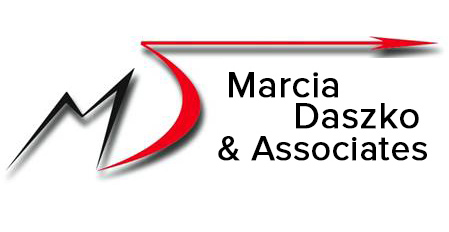Three Major Ways to Create the Workforce You Need!
/Many organizations are struggling because they can not get enough applicants to interview and hire. Once they hire people, they often can’t engage them or retain them. Why not?
The Reality. It is true that baby boomers left the workforce in millions. That was no surprise; leaders could anticipate that, and the pandemic accelerated it. If possible, people choose not to work full-time or in unfriendly work environments; that’s also driven the unemployment rate. But there are many organizations that are booming, and they are able to hire and retain their talent.
What’s the difference? Why do some enterprises have high turnover and others have virtually none?
There are three major reasons. Assess your organization (or better yet, hire someone who can assess it, and give you a rapid, objective perspective from the outside.) Understand what the root causes are to your employment challenges; then create a plan to address them. What is the status of your three variables: leadership, communication, and culture?
Leadership. Leaders create the workplace where all staff flourishes. It’s where they are self-motivated, appreciated, and are able to contribute to the compelling Aim or Purpose for the organization. Values are defined and taught, both verbally and behaviorally. Leaders invest in developing their employees. If you’re not continually communicating, educating, and coaching your employees, your organization is in decline. The leadership team creates the system that the staff works in. It must be work-able!
Communication. The leader’s significant role is to communicate, especially in a crisis or uncertain times. He/she communicates clearly and often! Again, leaders create and clearly and repeatedly communicate the aim and the values (in behavior.) Use every method possible to share your messages, direction, and vision. Use Zoom, emails, newsletters, the Intranet, town hall meetings, social events, etc. to repeatedly tell your stories.
Watch for inconsistencies between your values and the vocabulary and actions people use. For example, most companies have a stated value such as teamwork or collaboration. But what practices counter that and are barriers to teamwork? Do you have performance appraisal systems where you rank, rate, judge and criticize people? Then do you tie the appraisal to the compensation system? Nothing erodes teamwork faster than internal competition and team members who can’t trust each other!
Culture. The leader creates the workplace culture. Does your work environment attract new employees? Is your company the place new graduates want to work after graduation, or get excited to go to work, or have an engagement score of over 80 or 90%? What creates a workplace you want to be proud of for the work you do, the peers you support, and the customers you serve? What kind of culture do you want? What do you want to be known for? Quality, fun, speed, dependability, safety? You select it and focus your priorities and activities, so they are consistent with that? Can you imagine if Southwest Airlines hired some of its flight attendants who are shy, introverted, impatient and intolerant? Instead, they are well known for providing a safe, fast, fun experience. They hire and train for the culture they want their customers to also experience.
The foundation for hosting a healthy workforce are these three elements. There are inter-related, inter-dependent, and all connected.
One More Significant Tip for a Stable, Engaged Workplace:
People speak, advise, coach, consult, and train to address employment issues in the workplace. Topics include: employee engagement; retaining your staff; recruiting and interviewing tips; onboarding; training; mentoring and coaching. There are numerous speeches and workshops! Companies spend millions of dollars to lower their turnover rate. But often there is little impact. Why don’t organizations achieve the results they want?
The answer is easy! The implantation is a little more challenging, but easily do-able. The above topics are all parts of the system that must flow together. They are All interconnected. Each one relates to the other processes. If they all don’t flow, the system breaks down, and the result is sub-optimal: high turnover or disengaged employees. For example, if you recruit and interview great candidates, but the hiring system is slow and tedious, you’ll lose the applicants and start over. Research shows that candidates in the current job market expect an offer with a week, at most two weeks (and you take a chance they’ve accepted another offer.) Or if you hire great candidates, but you don’t onboard, train, or mentor them, they’ll realize you don’t plan to invest or develop them, and they’ll move on.
If you want great results, leaders must create and lead an optimal system. The processes, all working together for one aim, make up your system. People work IN the system and continually work to improve the flow.
Are you getting the results you want? If not, look at the system. Look at all of the processes that must connect in your system.




